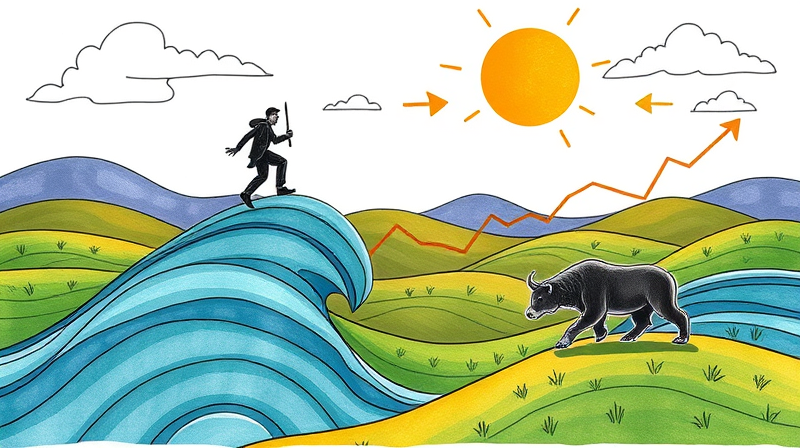
In the ever-shifting landscape of global finance, understanding collective mood can be more valuable than any single chart or forecast. The Fear & Greed Index stands as a comprehensive market snapshot that translates intangible emotions into a simple 0–100 scale, guiding investors through turbulent waters.
Market sentiment, unlike price patterns or economic data, is rooted in psychology. It reflects the collective biases, hopes, and anxieties of participants, which can drive prices far beyond fundamental values.
By framing sentiment on a scale, the Fear & Greed Index acts as a clear psychological barometer, revealing when emotions are pushing valuations toward extremes.
Developed by CNN Business, the Fear & Greed Index blends seven equally weighted indicators. Each data point is normalized to a 0–100 score—where zero signals maximum fear and 100 means extreme greed. The final composite score is a simple average, ensuring transparency and consistency.
Normalization techniques such as min-max scaling align each indicator’s range, preventing any single component from dominating the index. This method fosters data-driven insights for confident action without relying on hidden algorithms.
Over the decades, readings below 20 have coincided with major market bottoms, such as after the 2008 financial crisis. Contrarian investors seeing powerful contrarian insights at extremes bought into deep panic, capitalizing on undervaluation.
Conversely, levels above 80 have often preceded significant corrections. In late 2017, extreme greed readings foreshadowed the sharp Q4 decline in equities, reminding us that euphoria can be a prelude to pain.
The index is not a timing tool but a sentiment gauge. It highlights when emotion is unbalanced, offering context for technical and fundamental analysis.
Investors should integrate the score into a broader framework, evaluating whether current sentiment aligns or conflicts with valuation models. By doing so, they can avoid emotional pitfalls and biases that distort decision-making.
Regional variants of the Fear & Greed Index adapt core indicators to local contexts. For example, Indonesia’s version incorporates currency fluctuations alongside stock momentum, tailoring weights to market structure.
Such localized tools empower domestic investors to gauge sentiment in their own ecosystems, fostering contextual awareness that fuels informed decisions.
Incorporate the Fear & Greed score into your routine: review it alongside earnings reports, economic data, and technical signals. When fear peaks, assess fundamentally strong assets on sale. During excessive greed, tighten stop-losses or consider profit-taking.
Developing achieve a strategic emotional balance requires discipline and planning:
The Fear & Greed Index excels as a real-time snapshot of collective mood, offering emotional discipline builds lasting resilience when used responsibly. It synthesizes wide-ranging data into one accessible metric.
However, it is coincident, not leading. Extreme readings may lag actual market turns, and no index can capture every nuance of human psychology. Always supplement it with fundamental research and risk-management strategies to form a holistic view.
Emotions will always influence markets, but by acknowledging their power, investors can transform volatility into opportunity. The Fear & Greed Index offers empower your decisions with balanced insights, guiding you through cycles of panic and euphoria.
By weaving sentiment analysis into a disciplined plan—anchored by valuation, diversification, and risk controls—investors can navigate uncertainty with confidence and resilience. Ultimately, mastering the interplay between fear and greed is key to sustainable wealth creation.
References













